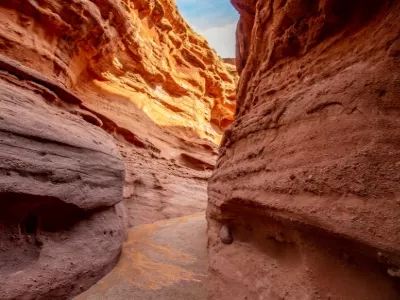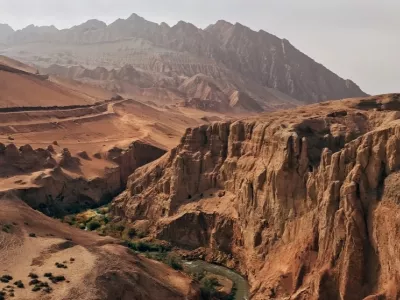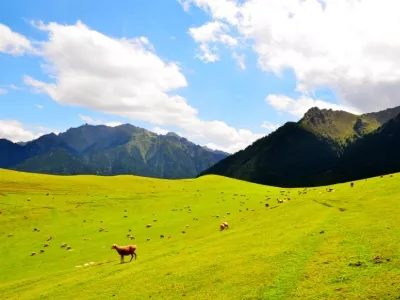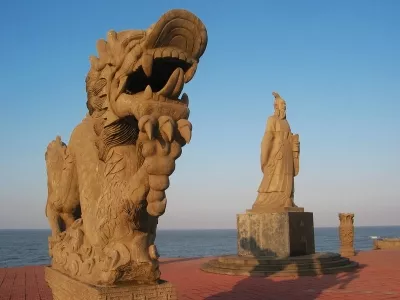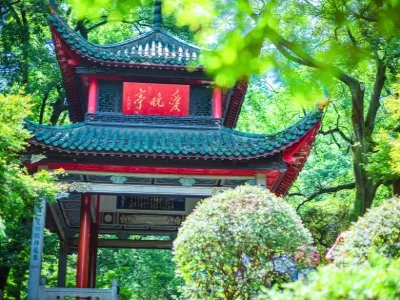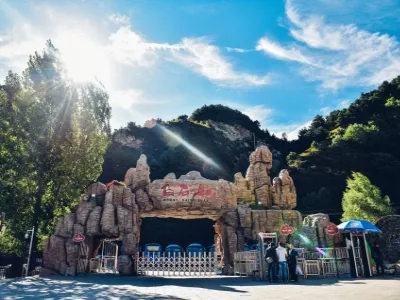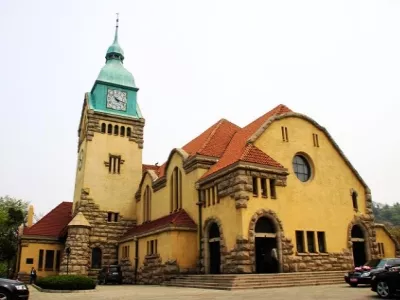Hami, located in the eastern part of Xinjiang, is the gateway for the province to connect with the mainland. It is an oasis in the desert, renowned for its exquisite Hami melons and grapes. The city's main tourist attractions include the Devil City in Wubei, the grassland scenery in Baishitou, the roaring sound of the sand in Mingsha Mountain, the Wang Clan's Mausoleum, Gesi's Tomb, the Ancient Tombs of Wubei, the Heavenly Mountain Temple, Qincheng Rock Art, Miao'er Mountain, and the Western Frontier War Memorial Park. The ancient relics of Hami King's Tomb and the mysterious Yadan landform add an extra layer of intrigue to Hami.
Hami has a rich history and culture that dates back thousands of years. The city's location on the Silk Road made it a busy trading post between Central Asia and China, resulting in a rich blend of cultural influences. Today, visitors can explore the city's ancient history through its many museums and historical sites.
In addition to its rich history, Hami is also famous for its beautiful landscapes and natural attractions. From the vast deserts and stunning mountains to the lush green valleys and meandering rivers, Hami has it all. Visitors can enjoy hiking, camping, and horseback riding in the outdoors or explore the city's lively neighborhoods and markets.
Hami is also famous for its local cuisine, which combines traditional Xinjiang dishes with fresh local ingredients. Dishes such as Hami melon chicken, mutton skewers, and hand-pulled noodles are must-tries for visitors to the city.
Overall, Hami is a must-visit destination for anyone interested in exploring the rich culture and history of Xinjiang. With its combination of ancient relics, stunning landscapes, and delicious local cuisine, Hami offers a truly unique experience that will leave a lasting impression on visitors.


